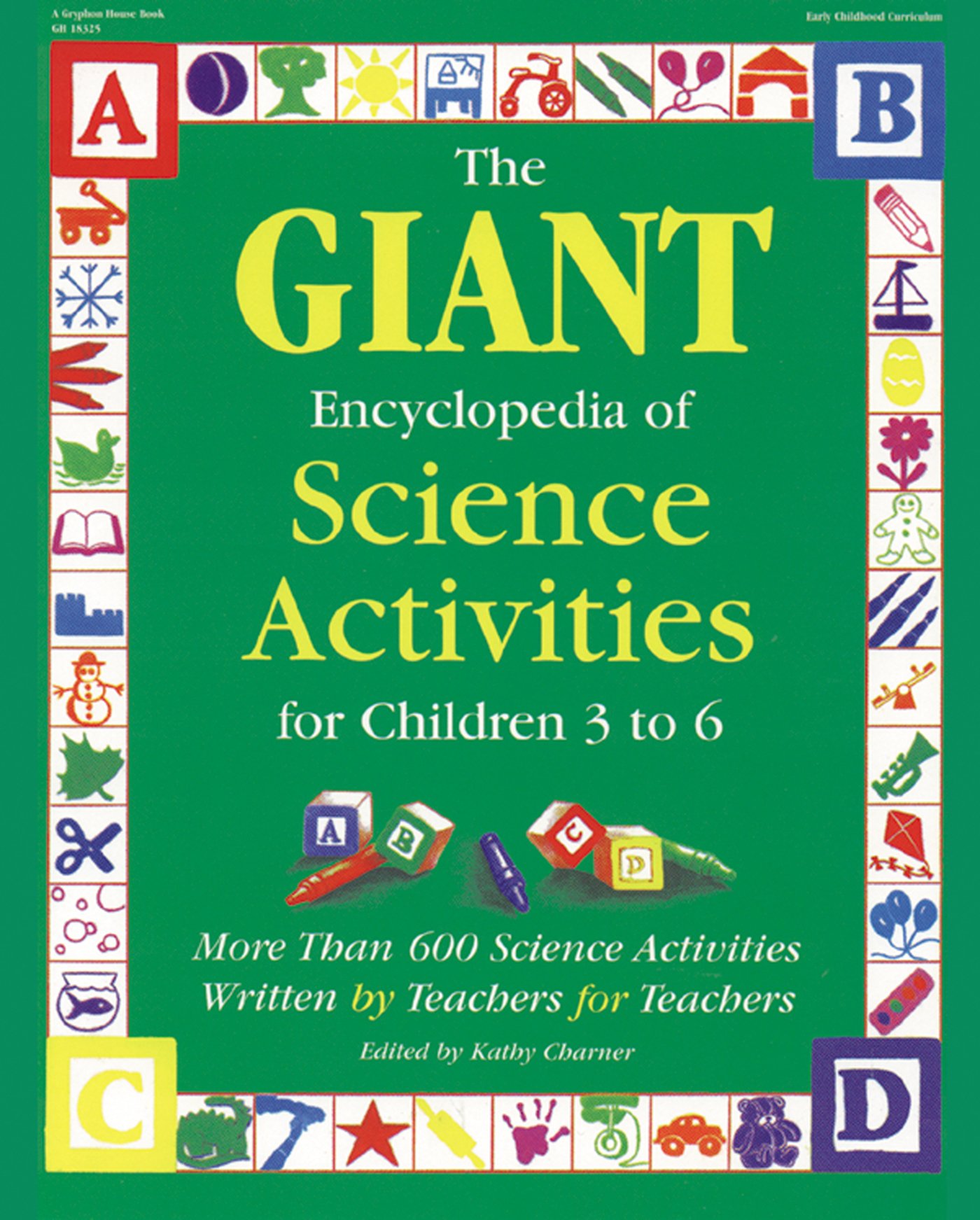Materials
Canned carrots, green beans, peaches and pears Fresh bananas
Can opener Large spoon
Food processor Plates
Baby spoons, one per child
Empty, clean baby food jars with labels, the same kinds as the above listed foods
Instructions
1. Place the contents of the can in the food processor, one type of food at a time. Blend until smooth.
2. Place food in the empty jar with the appropriate label.
3. Talk about how the canned items were pre-cooked and preserved and are ready for processing to make baby foods.
4. Introduce the fact that a baby usually has no teeth when she begins to eat solid foods; that's why her foods must be smooth.
5. Place each food in the processor and blend until you have made enough food for all the children.
6. Serve each food to the children and allow them to eat it with the baby spoons.
7. Discuss the textures, tastes, smells, etc., as they eat the food.
8. A tasting chart can be made for each food tasted per child. Record likes and dislikes.More to doHome living: Add baby spoons, bibs, high chairs, plates, etc. to the center for pretend baby feeding.More science: Invite a parent with a real infant to visit the classroom and allow the children to watch as the infant is fed. Talk about portion sizes and spoonfuls used. Note how long it took the baby to eat the food, too. * If children are interested in the texture of baby food, allow them to play with it in mess trays using baby spoons, scoops, etc.Snack: Make warm milk and other foods that infants drink (use whole milk for best results).
